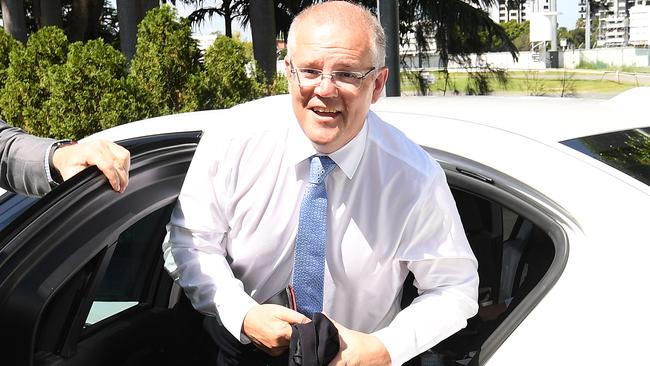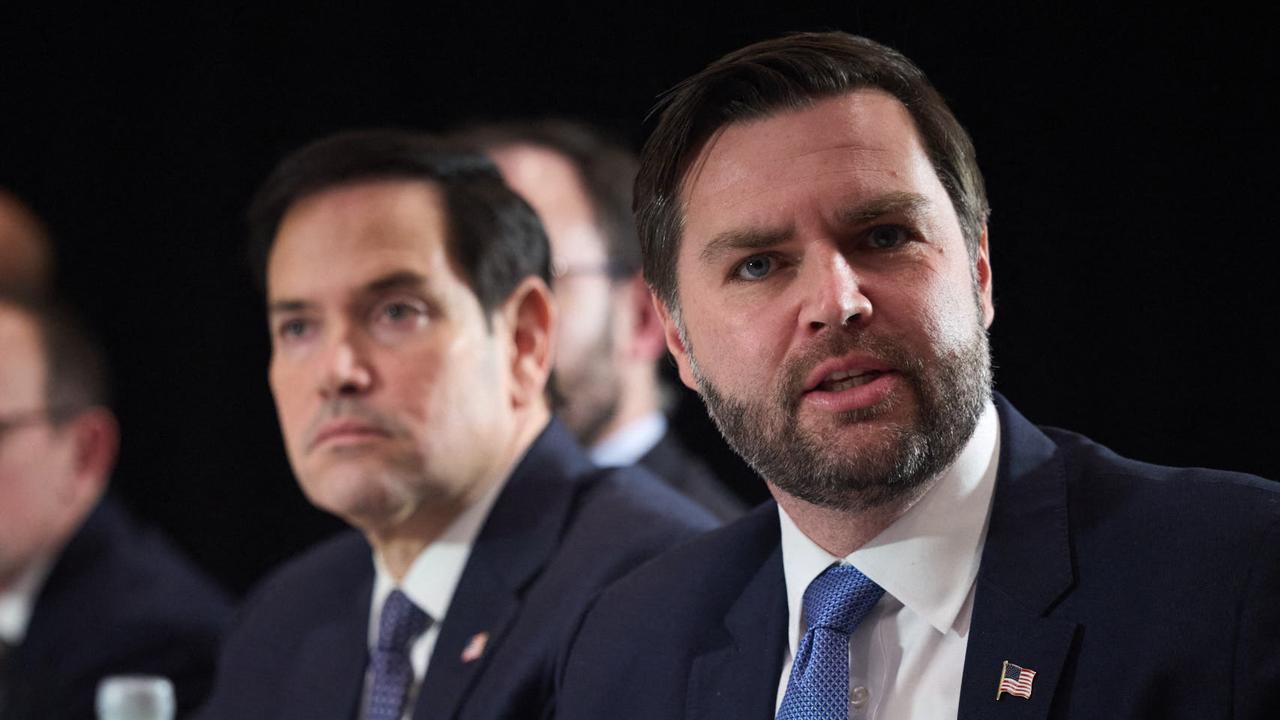
Close enough if he’s good enough. Yesterday’s Newspoll put Scott Morrison right where John Howard was this far out from the election. In 2004 the Coalition trailed Labor 46-54 per cent on the two party vote when Howard called the election. The following week Newspoll showed it had tightened to 48-52, the same as yesterday’s poll. Howard called a six week campaign, roughly the same time between now and when Morrison will call the election for, either 18 or 25 May.
Presumably unlike Howard, Morrison doesn’t want a long campaign because he doesn’t have the funds he needs, doesn’t want to go into caretaker mode too soon, and plans to use at least a few more days of taxpayer funded advertising to make up the financial shortfall.
But the degree of difficulty for Morrison is higher than it was for Howard. For a start Howard had more electoral fat to work with. Morrison only holds 74 seats, and needs a majority of 76 or more. And the redistributions ahead of this year’s election favoured Labor.
Also, Howard had Mark Latham as his opponent. While Latham was more popular than Bill Shorten, his volatility worked in Howard’s favour. Shorten is a solid mistake-free campaigner, more likely to protect a lead than Latham.
And of course the leadership instability recently wasn’t a factor Howard had to contend with. Howard was also working off a higher primary vote than Morrison, with the Coalition’s primary still below 40 per cent, on just 38 per cent. For context Malcolm Turnbull won just 76 seats at the 2016 election with a primary vote of 42.1 per cent.
Because of these disadvantages it remains more likely that Morrison will fail to retain government than save the Coalition. But the momentum yesterday’s poll gives his team — in terms of fundraising and morale — is important.
That said, Morrison is proving to be more popular than many (me included) expected, with his net satisfaction rating lifting to positive two. Shorten’s is languishing at minus 14. And he has some large policy targets to attack during the campaign, such as the negative gearing and franking credits policies Labor is arguing for.
Interestingly, yesterday’s poll was the first since May 2015 (Abbott vs Shorten) to reveal less than 20 per cent of voters as undecided as to who is the better PM. That is still a large number however, especially so close to an election. Morrison will be hoping he can win them over given Shorten’s unpopularity, helping him pull off what would be the greatest political comeback in Australian history.
It’s unlikely, but the PM is close enough if he’s good enough.
Peter van Onselen is a professor of politics at the University of Western Australia and Griffith University



